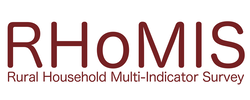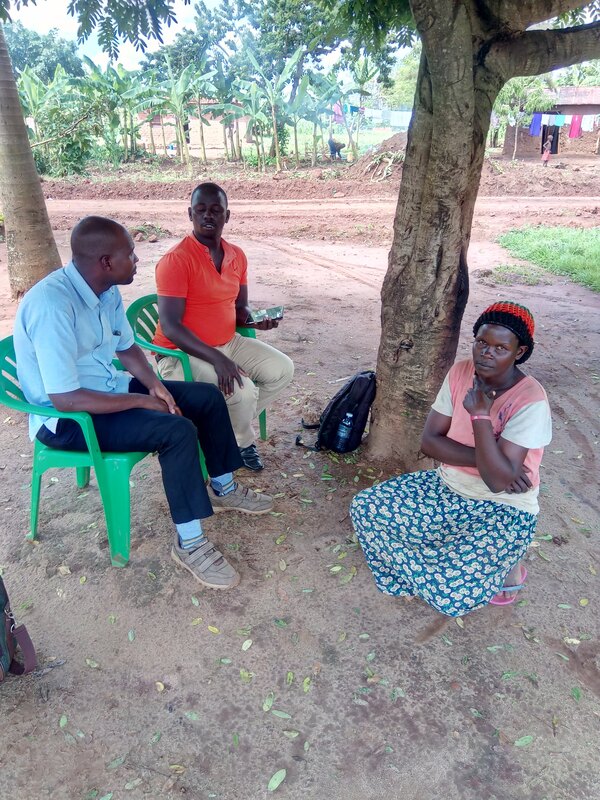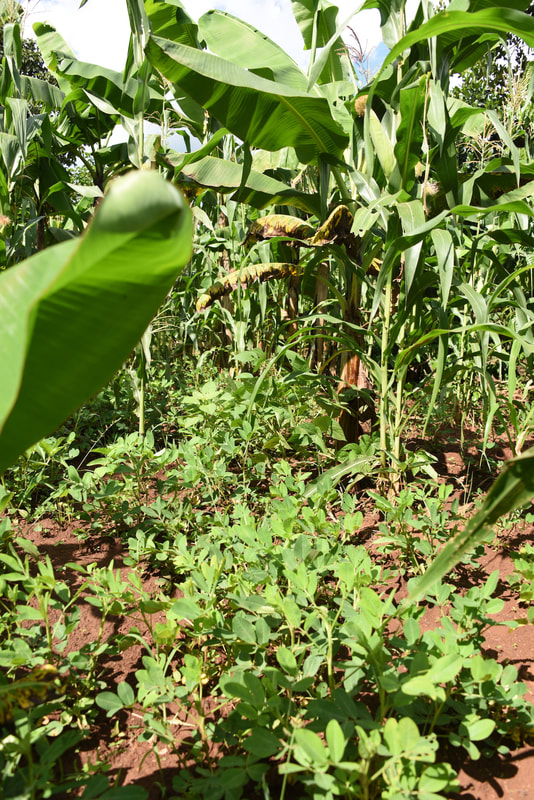|
I’ve worked with the RHoMIS survey for over a year now, built close to thirty applications, and worked with research teams in over twenty countries. Yet my trip to Uganda last week was my inaugural experience with applying the tool in situ. The trip gave me a first-hand experience of some of the challenges and nuances of local application of a survey. The research in Uganda is part of a two-country nutrition study delivered by ILRI. Earlier in 2019, the data collection kicked off with 200 households interviewed in the Thai Nguyen province in Vietnam. My colleague, Nils Teufel, leads the project and joined me in Uganda. After various flights, hotels and road travel, including a ferry crossing of the Nile (an unexpected treat), the research team finally congregated in the small rural town of Kamuli. The point of our gathering, at the Kyembe Sande Garden Hotel, was to localise RHoMIS for the specific Ugandan context, and train the two enumerators who will be conducting the research.
On one of the days of our trip, we visited Ms Ruth Namuganza’s farm. Illustrative of the local crop diversity, Ms Namuganza is growing banana, pawpaw, maize, coffee, mango and numerous types of leafy vegetable. These are all important to her household. A brief walk through the smallholdings along her road revealed small patches of many other crops, including lemongrass, jack fruit, napier grass, sorghum, and herbs such as perennial basil. A challenge we have when collecting data of such diverse farms is knowing what crops to focus on. With RHoMIS, we ask farmers to isolate a maximum of four or five. But for Ms Namuganza and her neighbours, this was not a straightforward question. The family had one primary crop - matoke, or the staple plantain banana - but the rest of the crops were of equal supplementary importance. Compared to other RHoMIS applications, the climatic and farming-system nuances we found in Uganda are uncommon. In most other instances, there is a single growing season and a lower species diversity. The adaptability of RHoMIS allowed us to make changes to the survey during the training to improve local relevance. Another local nuance that we observed in Uganda was the practice of giving ‘tokens’ to thank interview respondents. Some soap, or a bag of sugar, was typical. This is counter to my training in research methodology, with concerns that the giving of these items will add bias and influence to the data capturing. This issue is part of a larger debate, but for me it was a reminder of the local cultural practices, sensitivities and variables. The reality is that RHoMIS was taking an hour of the farmer’s time and this was a small but much-appreciated gift to thank the farmer for her time.
These nuances showed how essential it is to take time to train enumerators and provide the clarity on what they were asking of the farmers. I appreciated how this is a two-way process, as the enumerators and farmers could inform the survey with new questions, for example, that specify 'dry' or 'fresh' crop.
This process of seeing the research first-hand gave me a deeper understanding of the variabilities of farming systems across both time and space. This in turn has helped me to better design the RHoMIS surveys including the dependency logic and flow of questions. Even with my background in social anthropology and having visited Uganda for 25 years, I was struck by the diversity of these farming systems and the cultural nuances I have described above. I saw first-hand how essential the training of enumerators is. Finally, the real-time editing of the survey, informed by local feedback, showed just how valuable and adaptable the RHoMIS system is.
0 Comments
Your comment will be posted after it is approved.
Leave a Reply. |
RHoMIS BlogThe RHoMIS blog is written by a community of practice. The COP is made up of RHoMIS users and creators from across the world. Here we share their stories of how RHoMIS is helping to record and analyse household data. Archives
May 2020
Categories
All
|




 RSS Feed
RSS Feed